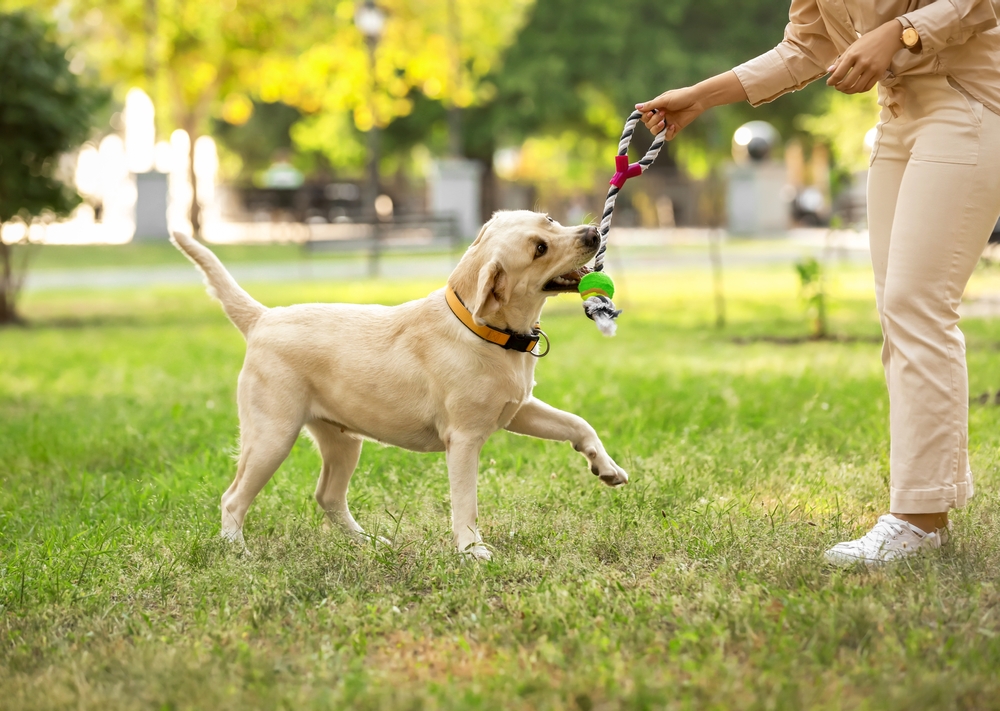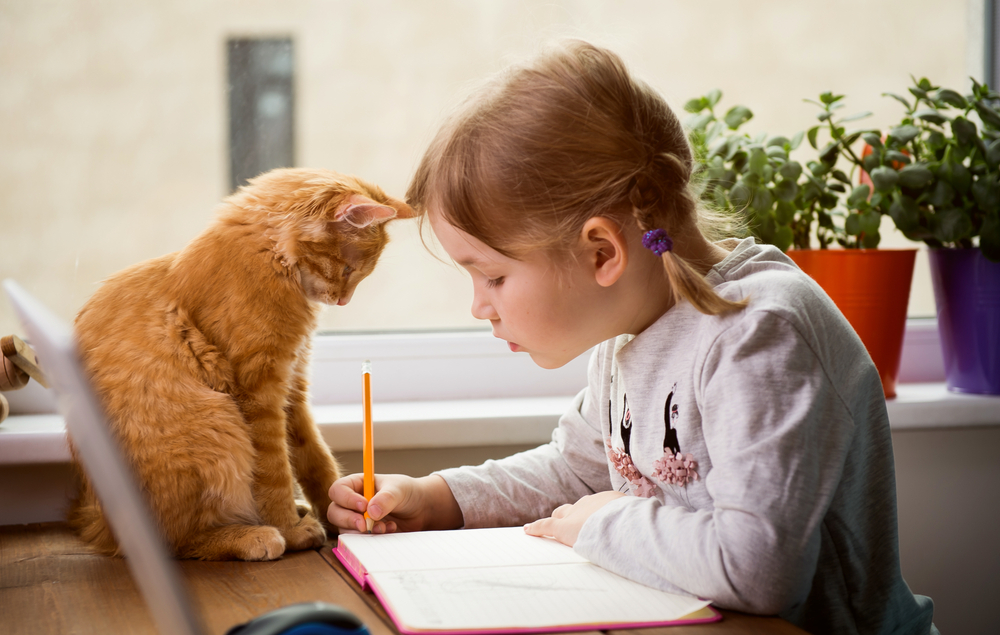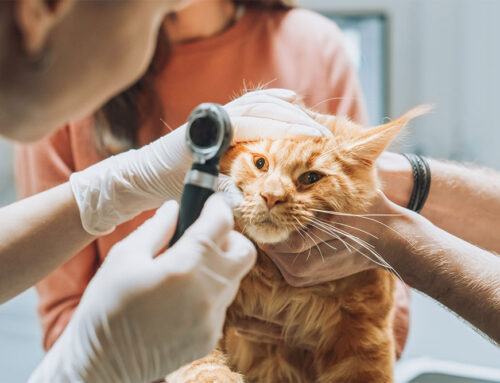A new school year brings many changes to your family’s schedule, and these changes can be stressful for pets who thrive on predictability. Like human family members, pets need time and support to adjust to a new routine. Our Livingston Veterinary Hospital team shares tips to help you ensure a safe and stress-free back-to-school transition for your pet.
#1: Introduce your pet to new routines gradually
The first step in preparing your furry pal for the back-to-school transition involves introducing them to the new routines gradually. Pets thrive on consistency, and abrupt changes can lead to stress and anxiety, so you should begin introducing the new routine to your four-legged friend long before the first school day. At least several weeks before school starts, begin practicing the school-day routine by waking up, feeding, and walking your pet at the same times you will be doing this when school is in session. Help your furry pal adjust to spending more time at home alone by leaving them for short periods and gradually increasing your time away.
#2: Exercise your pet daily
Regular exercise is not only important for your pet’s physical health but also for their emotional wellbeing. This time of year can be hectic, and your four-legged friend will need an outlet for their excess energy more than ever. A tired pet is a happy pet—or at least a pet who’s less likely to engage in destructive behavior. While you may need to adjust your pet’s exercise schedule to fit your family’s new routine, ensure they receive adequate physical activity every day. If your pet is accustomed to midday walks or playtime, adjust these sessions to early morning or after-school hours. If you find yourself crunched for time, a quick game of fetch or an engaging play session with an interactive toy can help your pet burn excess energy quickly.
#3: Provide enrichment for your pet
When the house becomes quiet and your pet spends more time alone, they can easily become bored if they lack appropriate mental enrichment and physical exercise, which can lead to inappropriate behaviors such as destruction, excessive vocalization, inappropriate elimination, overgrooming, irritability, and more. To avoid returning to a home your bored four-legged friend has torn apart, ensure they will remain occupied throughout the day by leaving them with a supply of engaging toys. For a dog, chew toys can be a lifesaver, while a cat will likely enjoy interactive toys, scratching posts, or a new empty box. Leave the television on or play calming music to ease your furry pal’s anxiety.
#4: Watch your pet for separation anxiety signs
Despite your best efforts, your pet may still struggle with back-to-school changes, which can escalate into separation anxiety. Observe your pet’s behavior closely as you introduce new routines, and when you leave and return home. If your four-legged friend seems to be anxious, our Livingston Veterinary Hospital team can prescribe anti-anxiety medication, and if necessary, recommend a behaviorist to help your pet cope. Your pet likely has separation anxiety if they exhibit the following signs:
- Trembling
- Drooling
- Increased barking or whining
- Urinating or defecating inside for dogs, or outside the litter box for cats
- Attempting to escape through windows, doors, or crates
#5: Consider company for your pet
If your family will be out of the house most of each day, consider hiring a pet sitter or dog walker, or taking your pup to doggy daycare to help keep them entertained. Such a strategy breaks up the day and reduces the number of hours your pet is alone, and they will also receive the physical and mental stimulation they need. Even if you hire a pet sitter or take your dog to daycare only a few days per week, having some companionship will give your four-legged friend a chance to socialize and play, rather than being home alone.
#6: Schedule your pet’s annual wellness exam
One of the best ways to prepare your pet for the back-to-school schedule is to make their annual wellness exam appointment. This routine checkup enables our Livingston Veterinary Hospital team to identify any potential health issues your furry pal may have, including those that stress or anxiety may exacerbate. Your pet’s wellness exam also provides you with an opportunity to discuss any concerns you may have about your pet’s behavior or health with our veterinary professionals.
#7: Spend quality time with your pet

During the summer you spent tons of quality time with your pet. Now, they likely feel a bit neglected after the kids have returned to school. No matter how busy life gets, spend some extra time with your furry pal to help them adjust to the new schedule and feel that you still love them. Whether you go for a hike, visit a new park, or snuggle on the couch, connecting with your furry pal will do you both good.
While the back-to-school transition can be a challenging time for everyone, with preparation and patience, you can help your pet adjust to the new routine. If your pet needs extra support with the transition or is due for their annual wellness exam, contact our team at Livingston Veterinary Hospital.







Leave A Comment